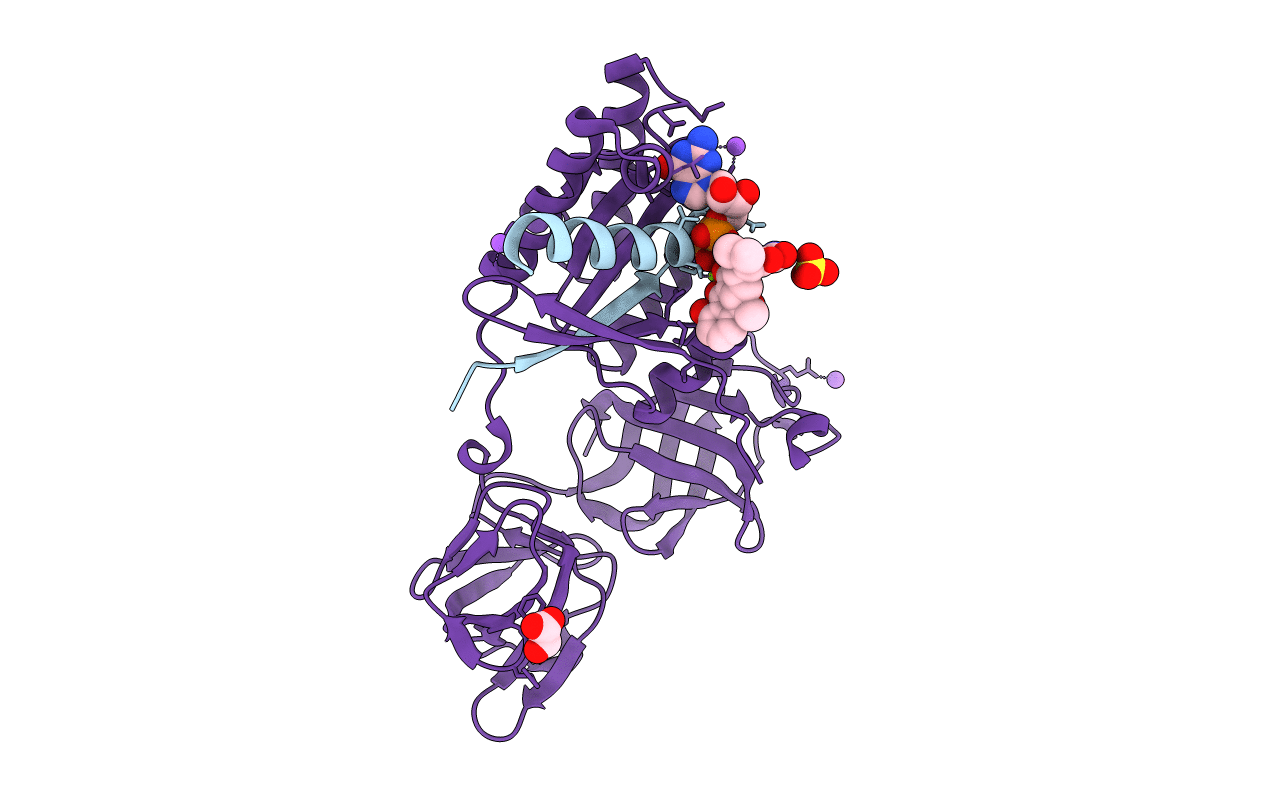
Deposition Date
2006-06-16
Release Date
2006-10-31
Last Version Date
2024-10-09
Entry Detail
PDB ID:
2HCJ
Keywords:
Title:
Trypsin-modified Elongation Factor Tu in complex with tetracycline
Biological Source:
Source Organism:
Escherichia coli (Taxon ID: 562)
Method Details:
Experimental Method:
Resolution:
2.12 Å
R-Value Free:
0.23
R-Value Work:
0.2
Space Group:
P 43 21 2


